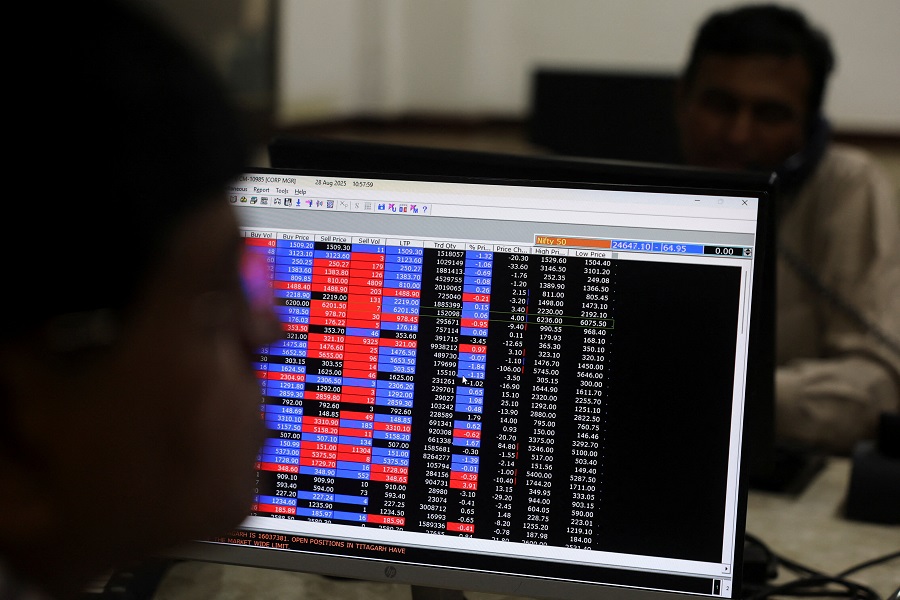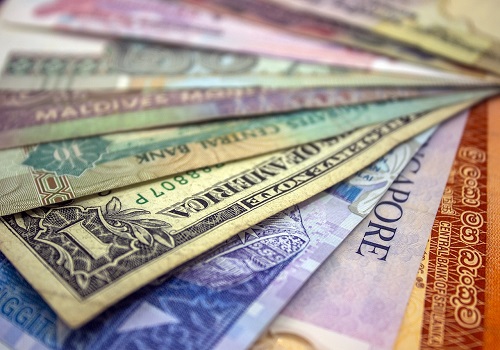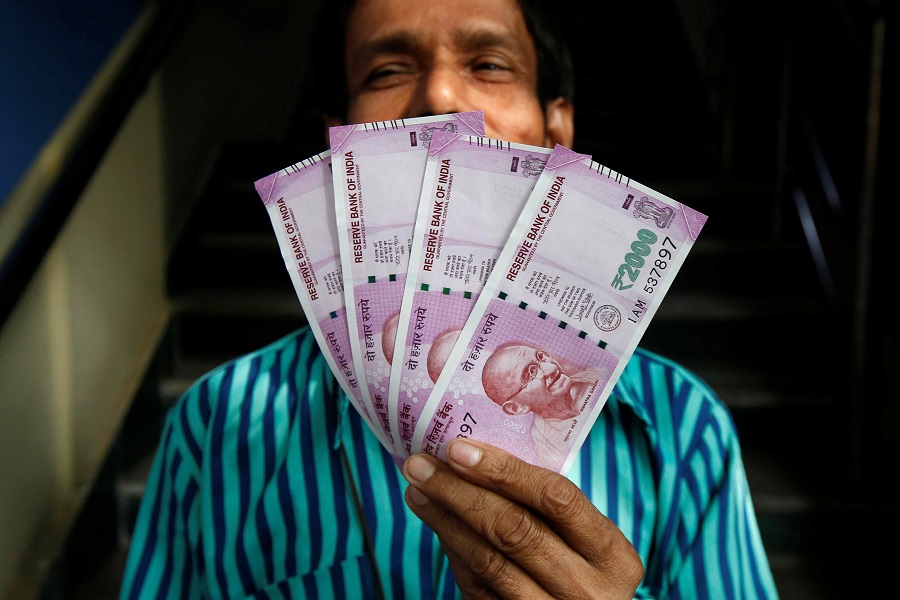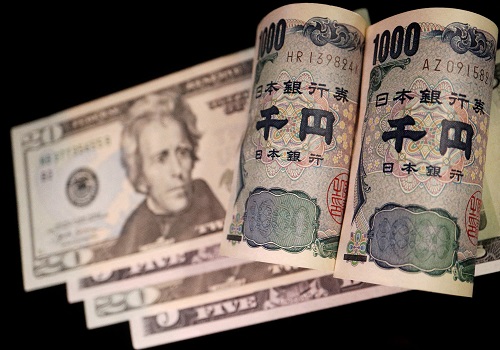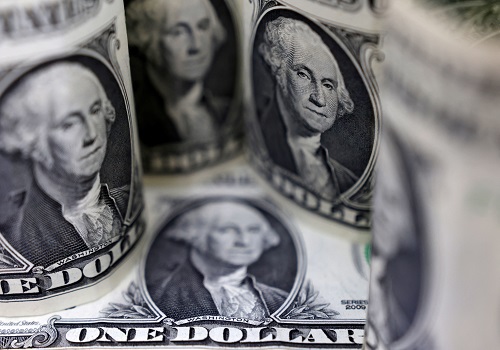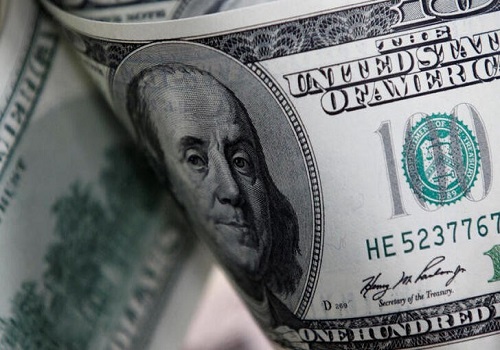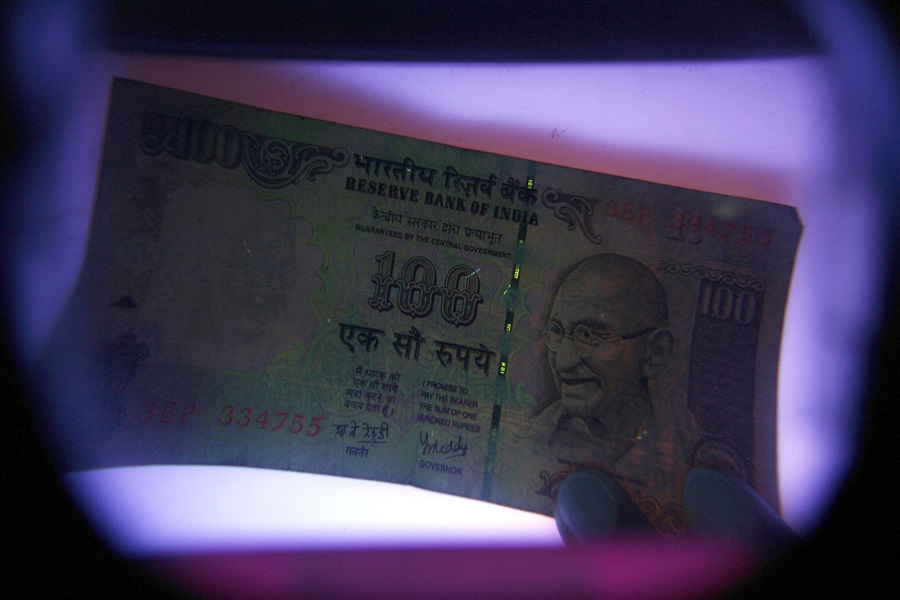Euro slips after Donald Trump threatens 30% tariffs on EU
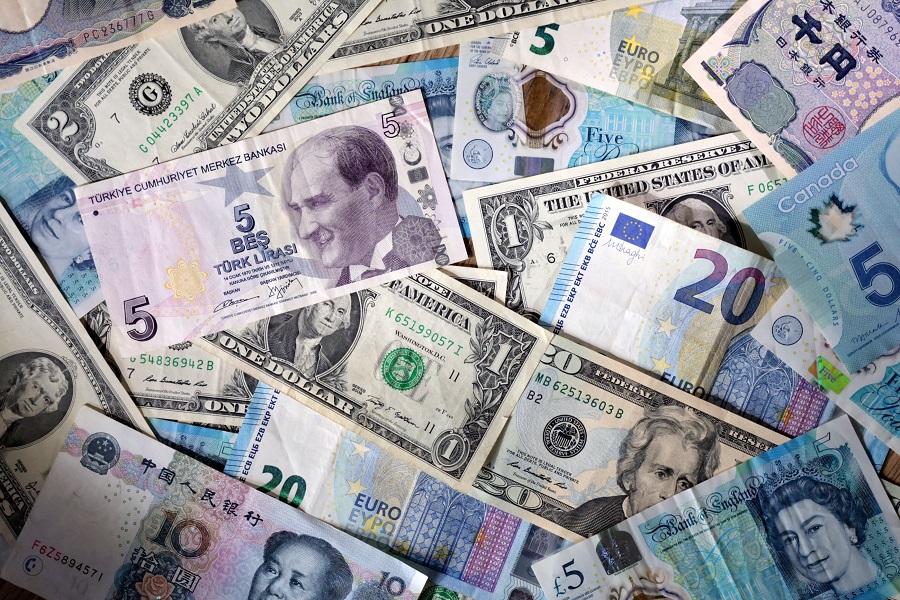
The euro fell to a three-week low early on Monday while the Mexican peso also came under pressure after U.S. President Donald Trump threatened to impose a 30% tariff on imports from two of the largest U.S. trading partners beginning August 1.
Trump on Saturday announced the latest tariffs in separate letters to European Commission President Ursula von der Leyen and Mexican President Claudia Sheinbaum that were posted on his Truth Social media site.
Both the European Union and Mexico described the tariffs as unfair and disruptive, while the EU said it would extend its suspension of countermeasures to U.S. tariffs until early August and continue to press for a negotiated settlement.
Reaction in the currency market to Trump's latest tariff threats was largely muted in Asian trade, though the euro did slip to a roughly three-week low early in the session.
The single currency later regained some ground and last traded 0.12% lower at $1.1679.
Against the Mexican peso, the dollar rose 0.25% to 18.6699.
Elsewhere, however, the dollar made limited gains, with sterling down just 0.07% at $1.3481, while the Japanese yen rose 0.1% to 147.28 per dollar.
Investors have grown increasingly desensitised to Trump's slew of tariff threats, with his latest upheaval in the global trade landscape doing little to prevent U.S. stocks from scaling record highs and offering just a slight boost to the dollar.
"It seems like financial markets have become insensitive to President Trump's tariff threats now, after so many of them in the past few months," said Carol Kong, a currency strategist at Commonwealth Bank of Australia.
"Judging by the limited market reaction, markets might think that the latest threat from Trump is actually a manoeuvre to extract more concessions."
In other currencies, the Australian dollar fell 0.14% to $0.6565, while the New Zealand dollar slid 0.4% to $0.5984.
Outside of tariff news, Trump on Sunday said that it would be a "great thing" if Federal Reserve Chair Jerome Powell stepped down, again threatening to undermine the central bank's independence as he called for interest rates to be lowered.
Traders could get a better clue on the future path for U.S. rates when inflation data for June comes due on Tuesday, where expectations are for U.S. consumer prices to have picked up slightly last month.
Markets are currently pricing in just over 50 basis points worth of Fed easing by December.
In Asia, data on Monday showed China's exports regained momentum in June while imports rebounded, as exporters rushed out shipments to capitalise on a fragile tariff truce between Beijing and Washington ahead Trump's August deal deadline.
Still, the figures did little to move the yuan, with the onshore unit little changed at 7.1704 per dollar. Its offshore counterpart edged up slightly to 7.1713 per dollar.
Investors will be eyeing the release of Chinese gross domestic product figures on Tuesday next for greater clarity on the health of the world's second-largest economy.
Growth in China is widely expected to have slowed down in the second quarter from a solid start to the year as trade tension with the United States added to deflationary pressure.

.jpg)
.jpg)

.jpg)

.jpg)






